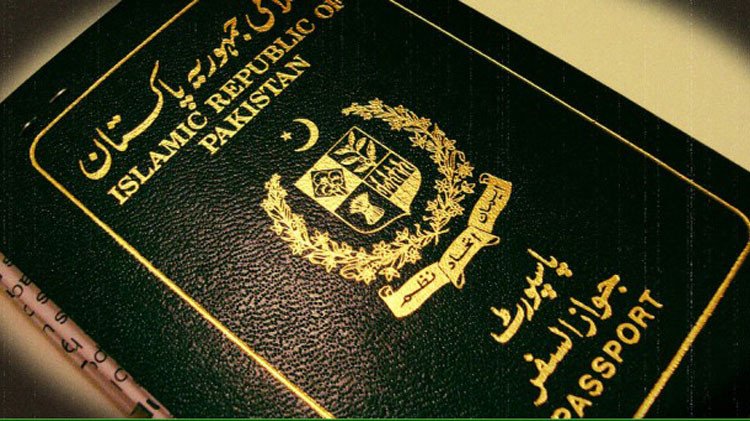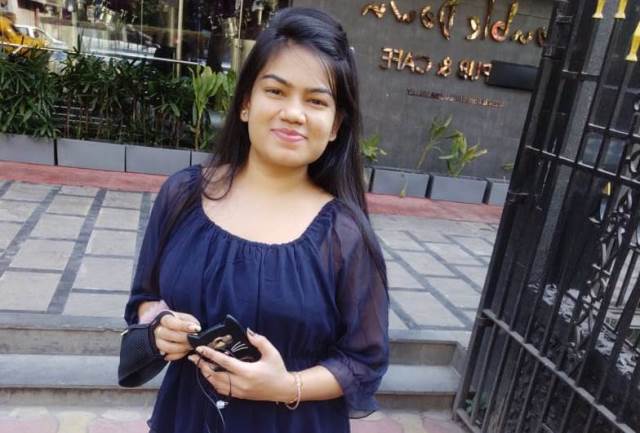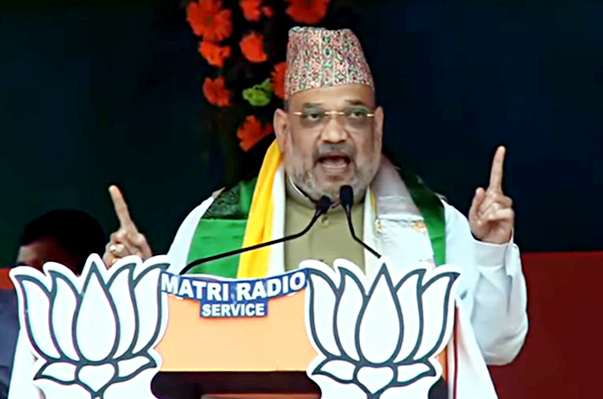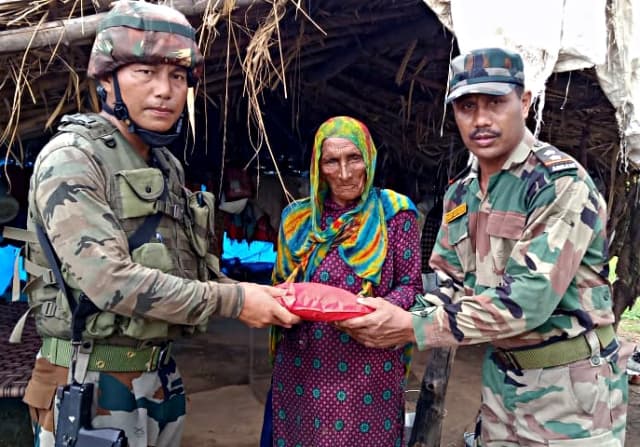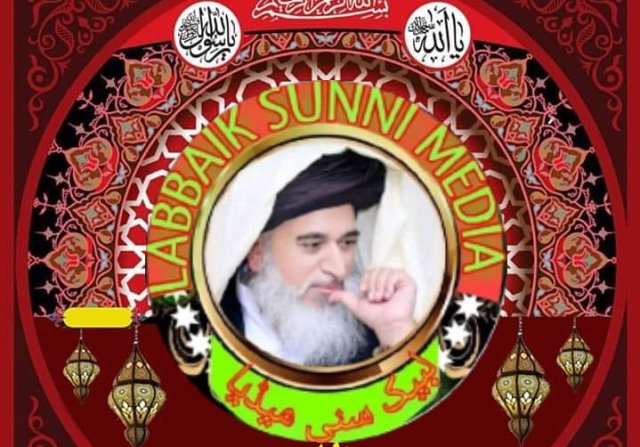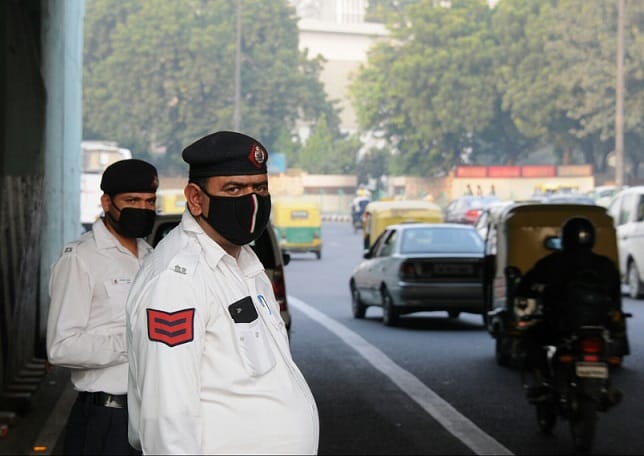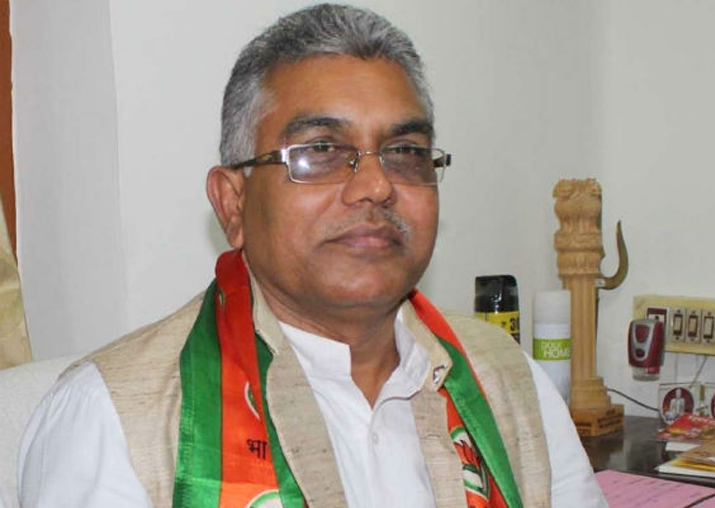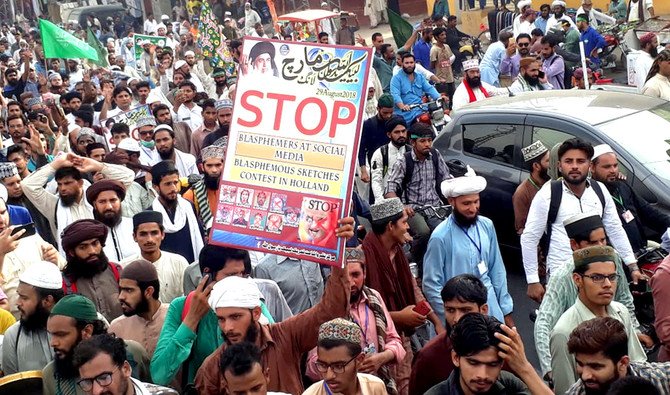From misty mountains to exotic woodlands and the tempting aroma of tea gardens to dazzling hilly towns, North Bengal has endless charms. The region is all set to witness the ‘khela’ of power in the fifth phase of the West Bengal Assembly polls on Saturday.
In the fifth phase, 13 constituencies from North Bengal including five in Darjeeling, one in Kalimpong and seven in Jalpaiguri districts will go to polls on Saturday.
From the Gorkhaland movement to Naxalbari, the region witnessed a lot of socio-political turbulence. A separate state of ‘Gorkhaland’ has been a long-standing demand of Nepali-speaking Gorkhas since 1907 on the grounds that they are culturally and ethnically different from West Bengal. The demand took a violent turn, which led to the death of over 1,200 people.
In the current scenario, GTA is the local autonomous body in the Darjeeling hills, which is headed by the Binoy Tamang-led faction of the GJM that supports the TMC.
Naxalbari, bordering Nepal had been the hotbed of the rebellion movement in the spring of 1967. The Naxalbari uprising was triggered when the police opened fire on a group of villagers who were demanding their right for the crops at a particular piece of land. The firing killed 11 villagers including two children eventually leading to the Naxalite-Maoist insurgency.
Apart from the political disturbance, the adversities of tea garden workers and lack of employment opportunities are the key issues in the region. The closed tea estates articulate the melancholy of tea garden workers. Further, the region has not witnessed the infrastructural development that many believe it should have.
The BJP turns out to be the dominant force in North Bengal, especially after the 2019 Lok Sabha polls. The party has also promised a political solution to the Gorkha issue. The BJP also promised an increase in daily wages for tea workers to Rs 350. However, the voters are quite sceptical about this claim as the situation of tea garden workers has not improved much in the BJP-ruled Assam.
Caste card is also in the fray as BJP is trying to woo the ethnic and tribal population of the region with the promise of Scheduled Tribe (ST) status.
On the other hand, Mamata Banerjee-led TMC is trying its best to regain the lost ground and reckoned upon the development and welfare works made by her government.
The most dynamic political development in North Bengal this election is switching the camp of Gorkha Janmukti Morcha leader Bimal Gurung from BJP to TMC. Gurung, the man who has been spearheading the Gorkha movement helped the BJP to make its footholds in this region is now with state’s Chief Minister Mamata Banerjee.
The most talked-about contests will be in three seats such as Darjeeling, Kalimpong and Kurseong. Here the two factions of Gorkha Janmukti Morcha (GJM) one led by Bimal Gurung and the other by his former deputy Binay Tamang are at a direct contest.
In the Darjeeling constituency, Pemba Tshering is the candidate for GJM (Gurung) and Keshav Raj Sharma for GJM (Tamang). BJP has fielded Neeraj Zimba Tamang from the seat. Gautam Raj Rai is the CPI(M) candidate from Darjeeling.
In these three constituencies, TMC has not fielded its candidate as GJM is backing the TMC. The GJM had won these seats in the last two Assembly elections.
In the Siliguri constituency, CPI(M)’s Ashok Bhattacharya is the key contestant against BJP candidate Shankar Ghosh and TMC’s Omprakash Mishra. Bhattacharya, the former Mayor of Siliguri is a prominent communist leader in North Bengal.
Further, Naxalbari, the cradle of an over 50-year-old Maoist movement has been witnessing a transition from a red belt into a saffron fabric.
BJP has fielded Anandamoy Barman against Congress’ sitting MLA Sankar Malakar and TMC’s Rajan Sundas. Malakar has been representing the Matigara-Naxalbari Assembly constituency since 2011.
The fifth phase of polling will be held on Saturday, with 319 candidates contesting for 45 constituencies across six districts – Jalpaiguri, Kalimpong, Darjeeling, Nadia, North 24 Parganas and Purba Bardhaman. (ANI)

